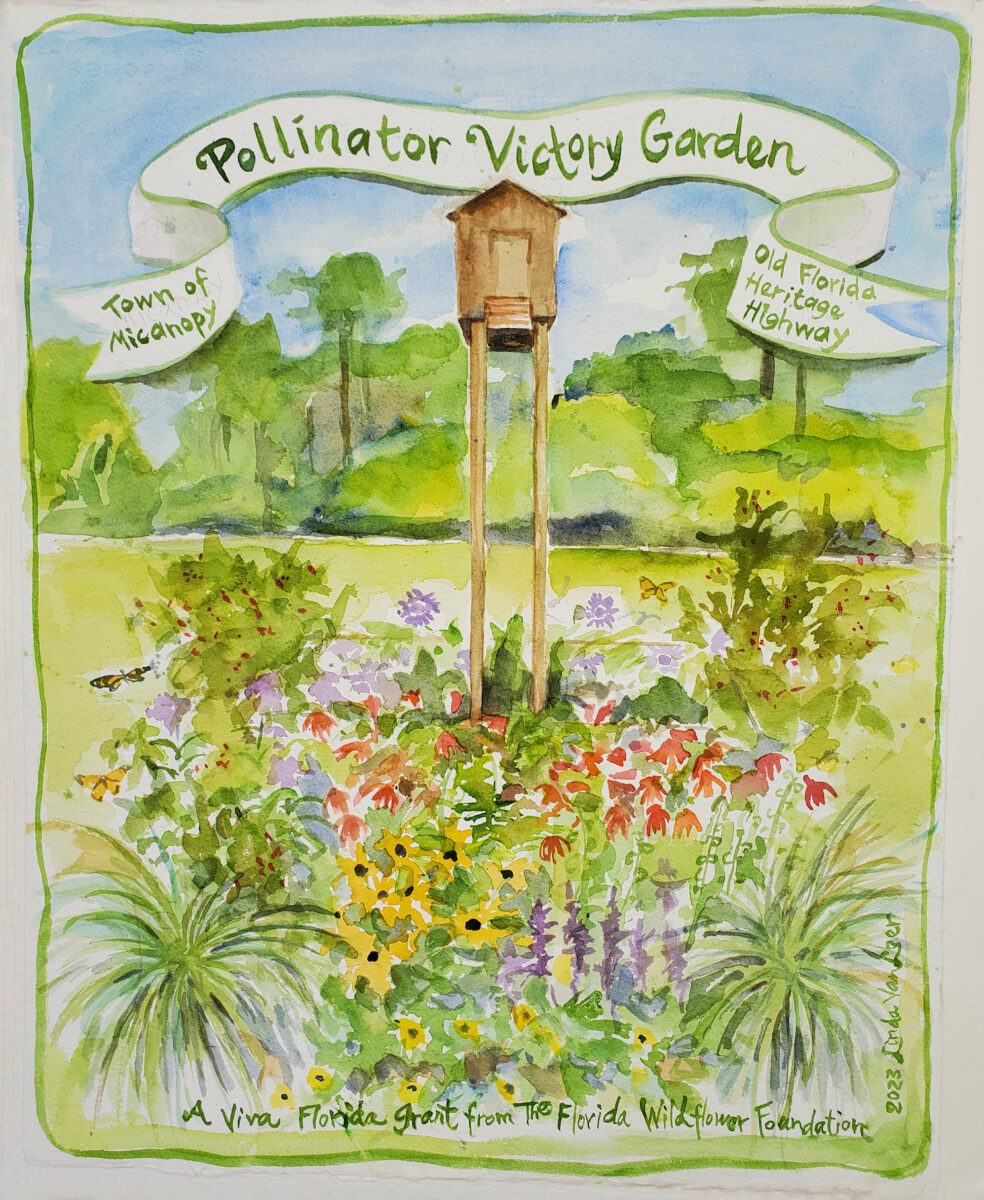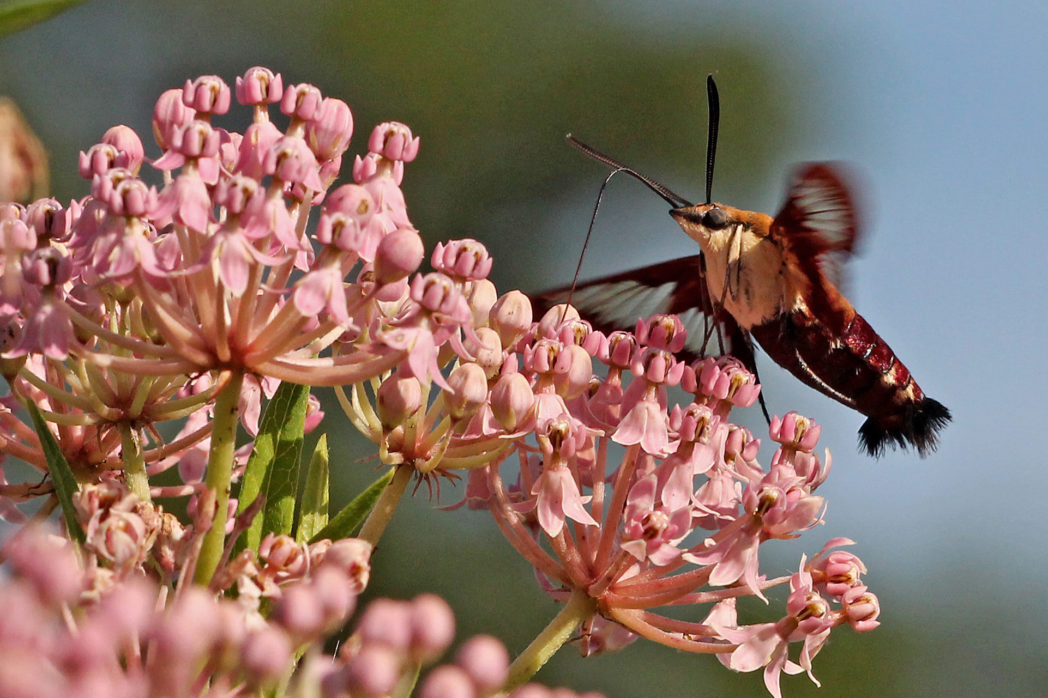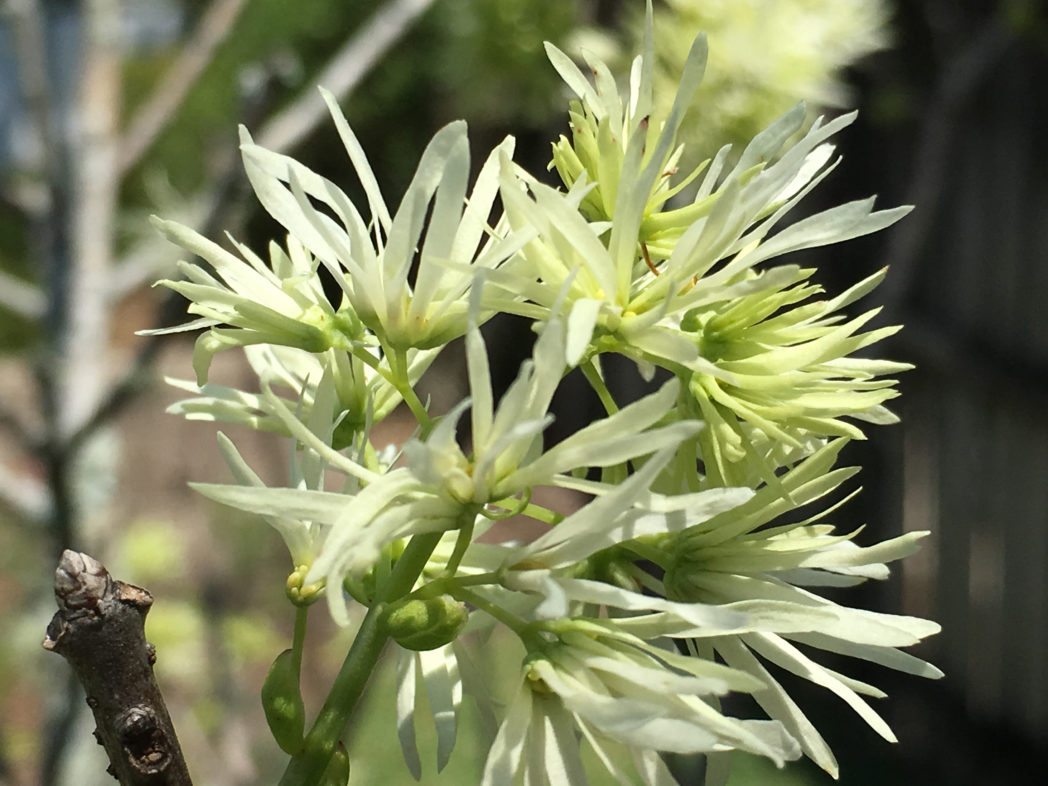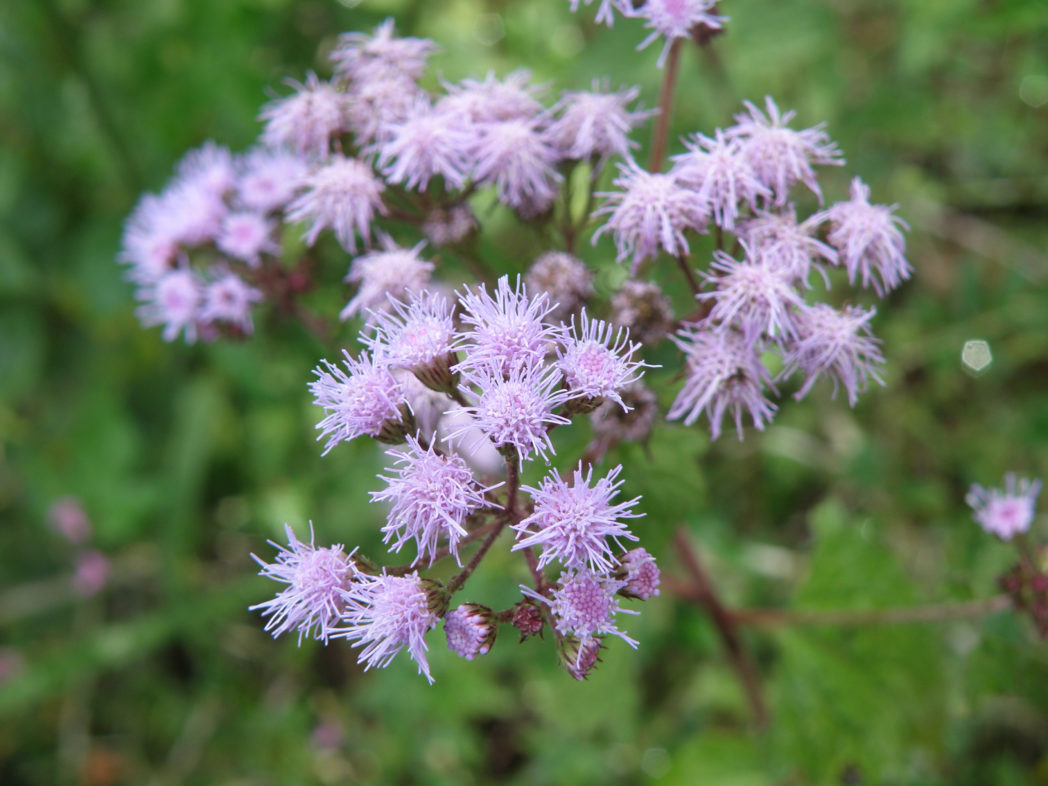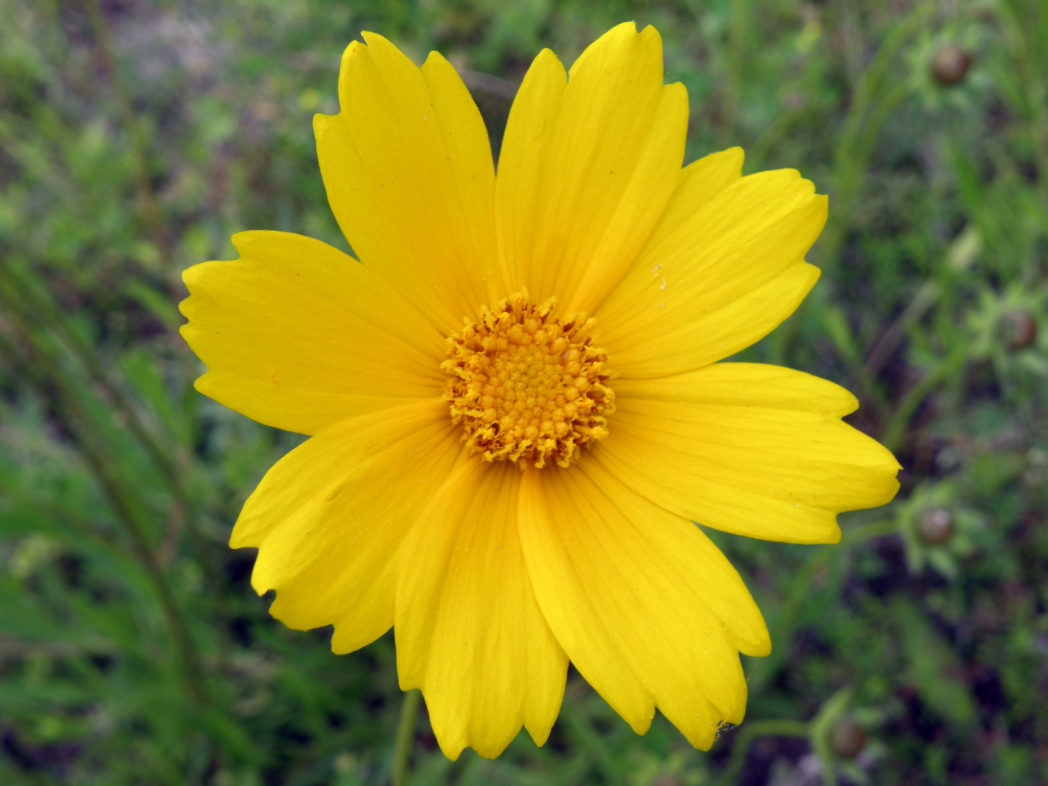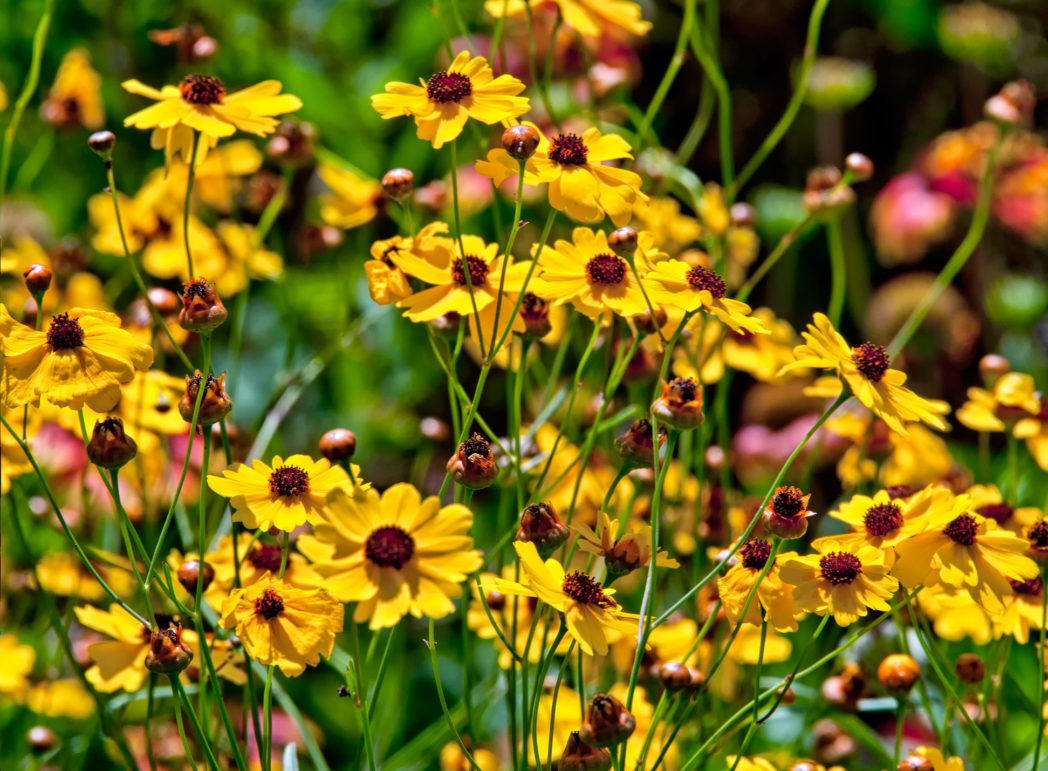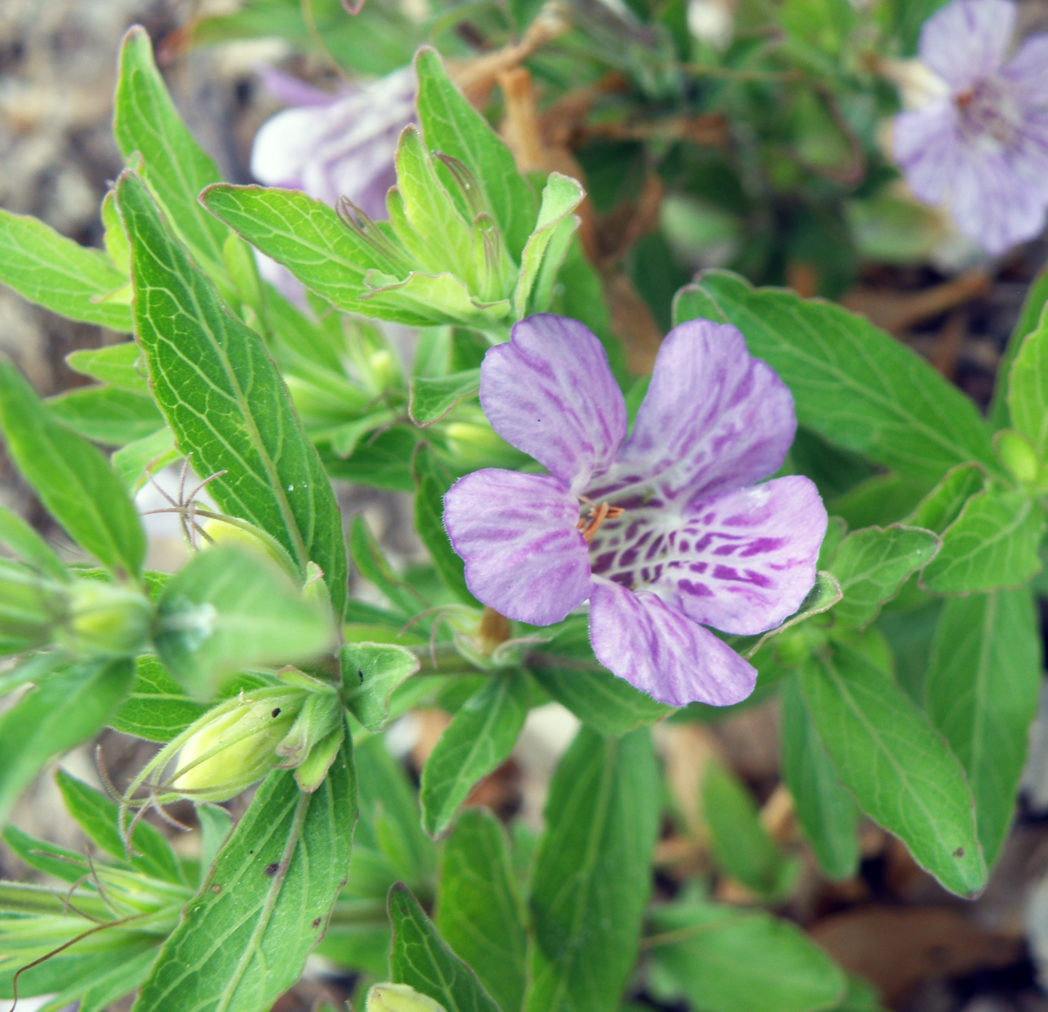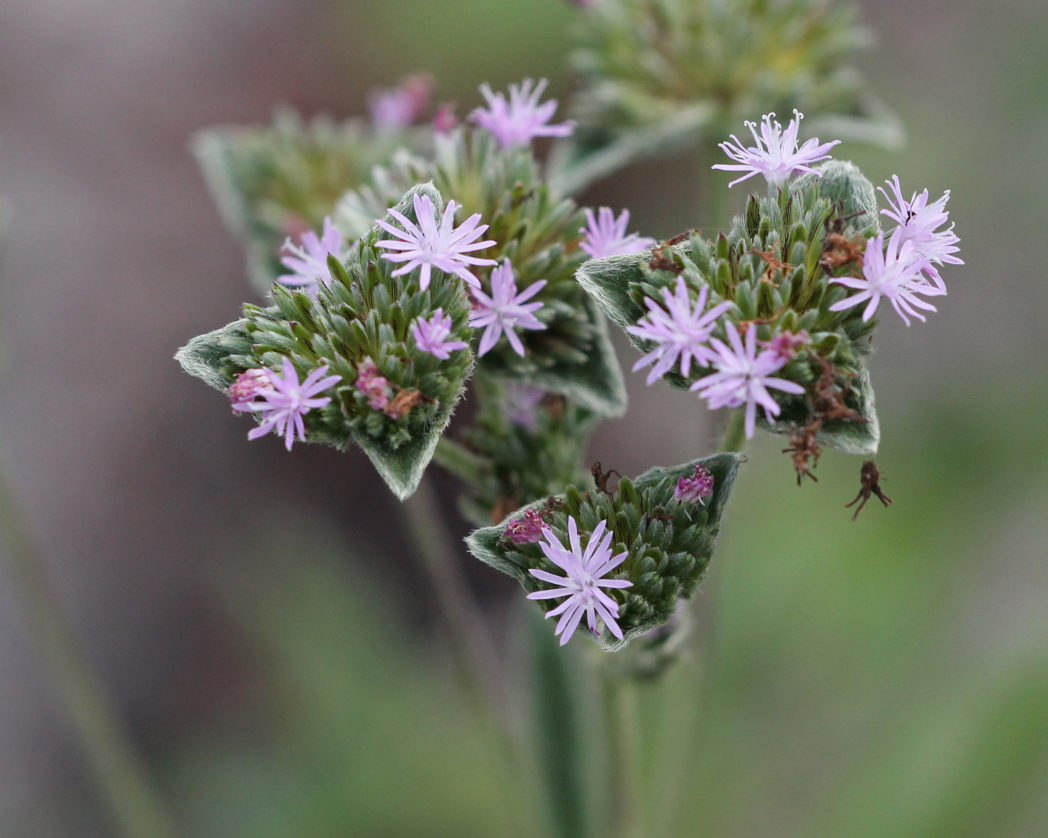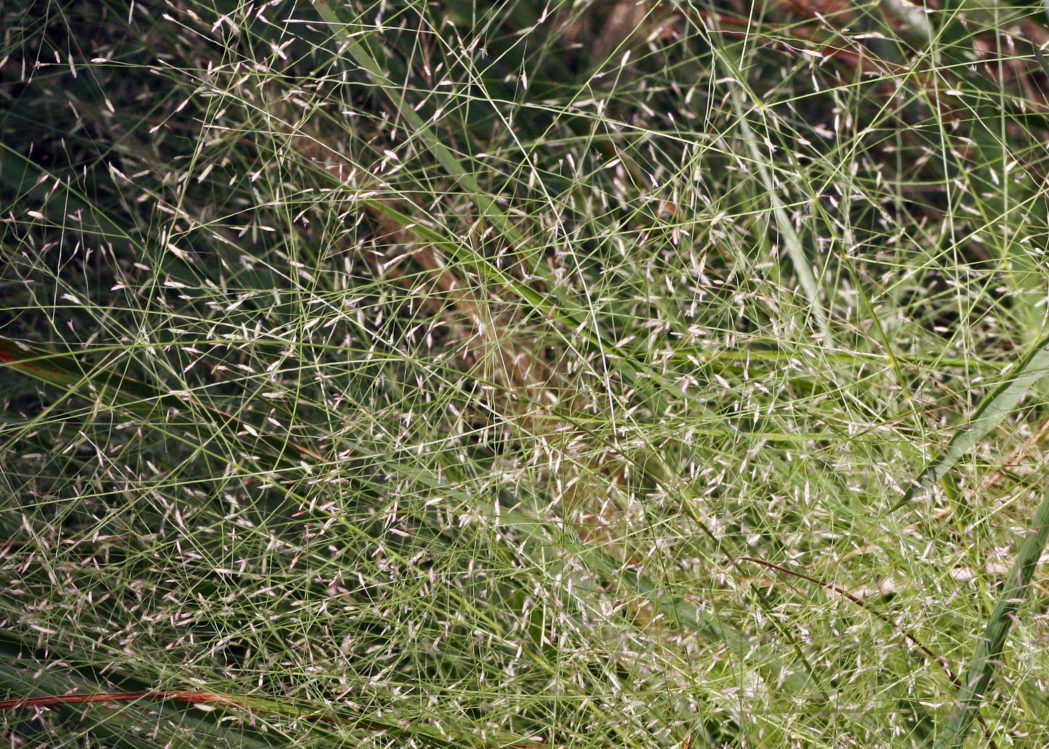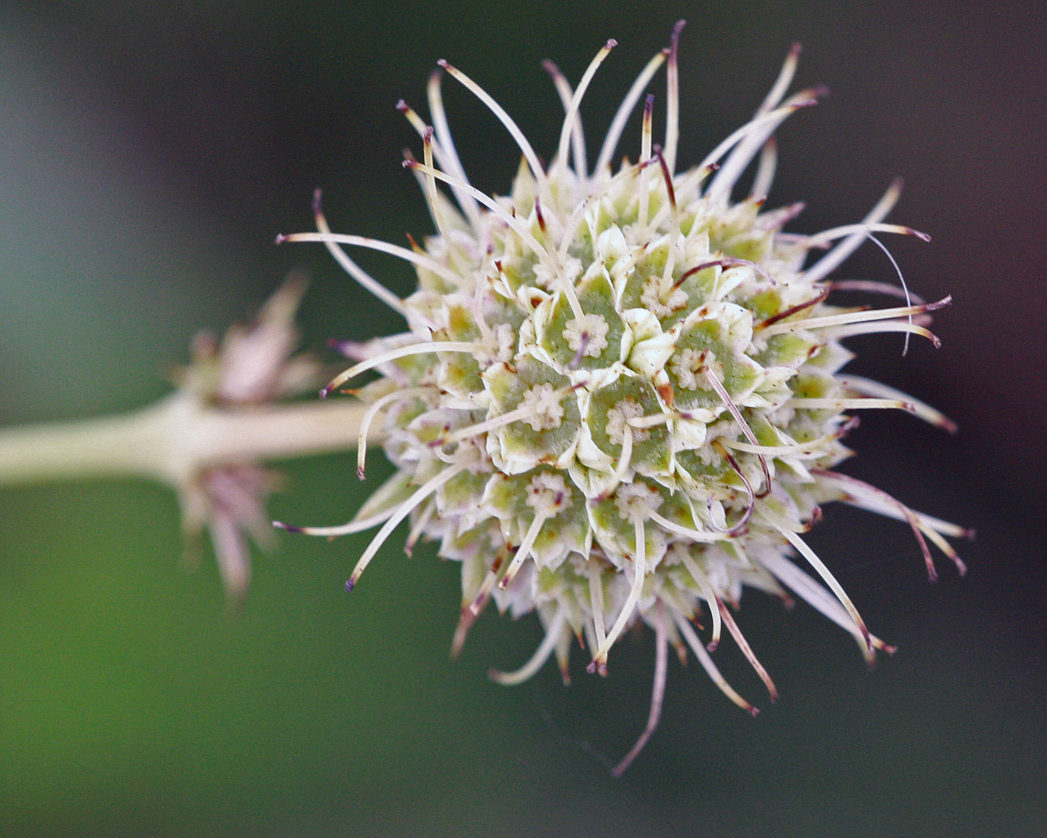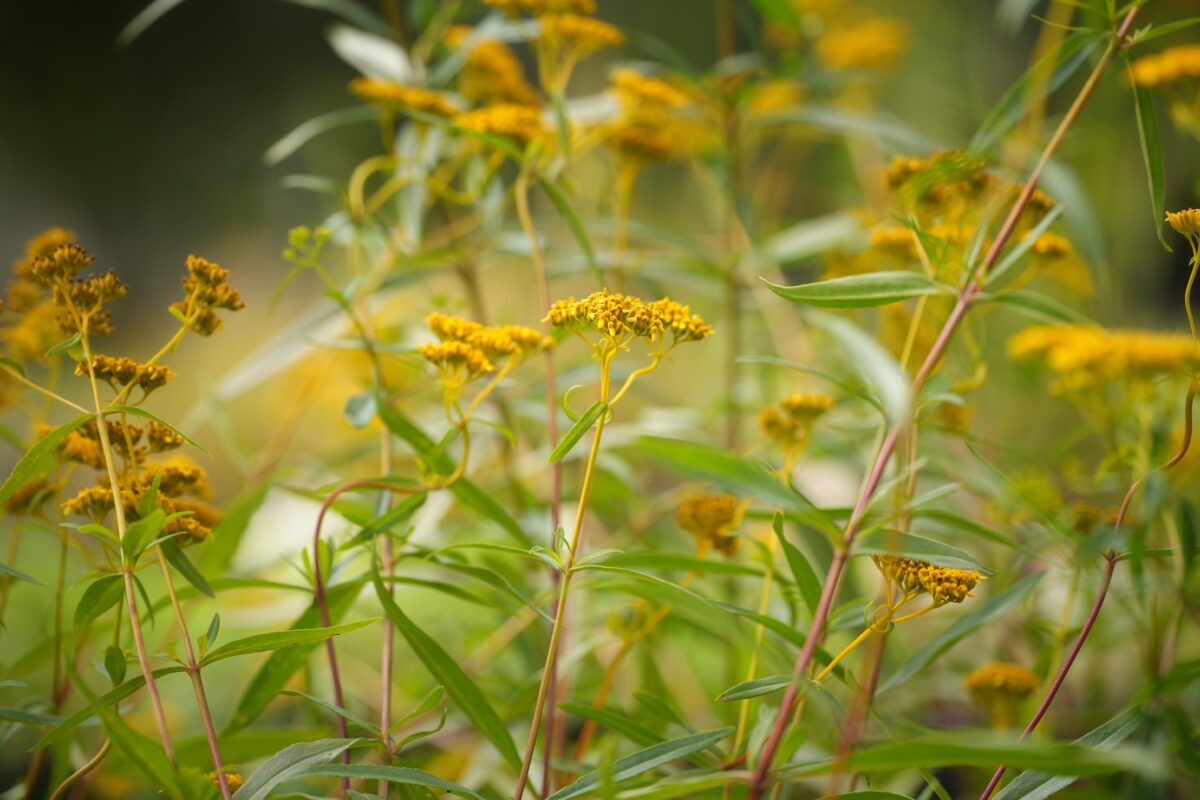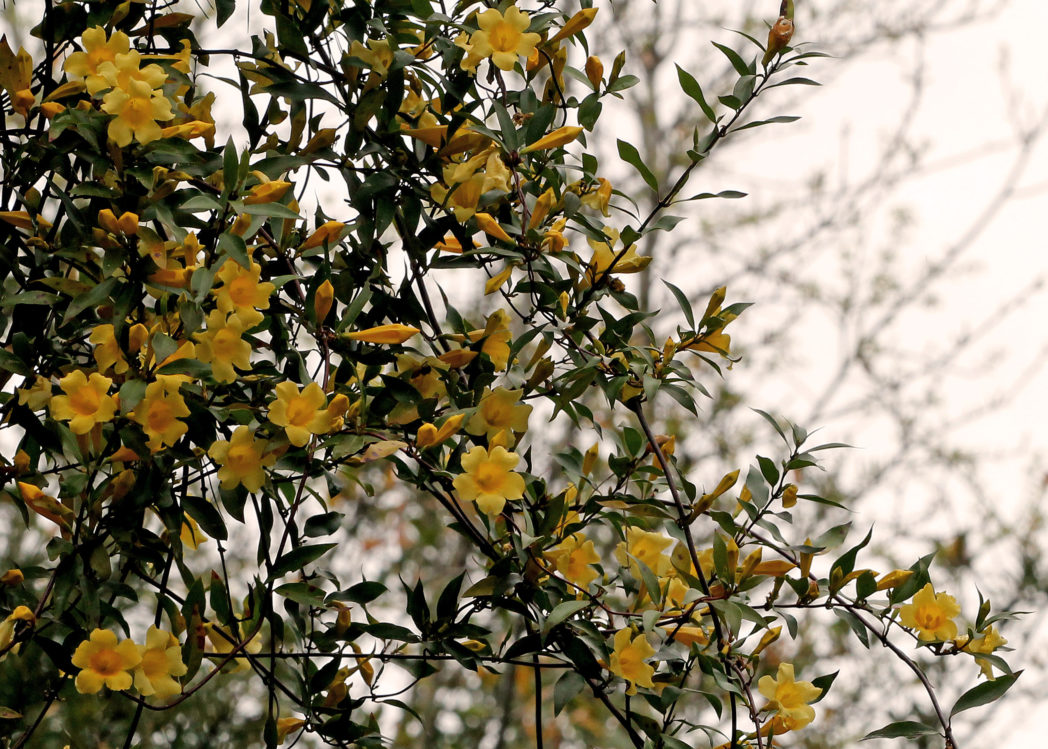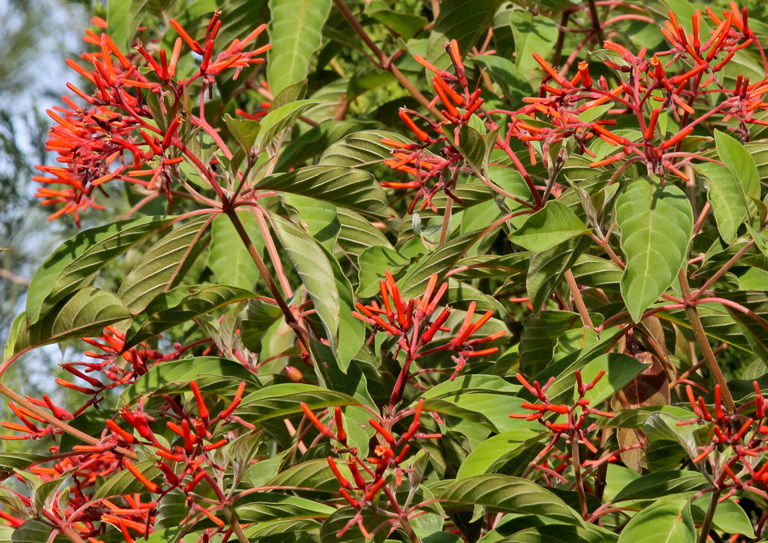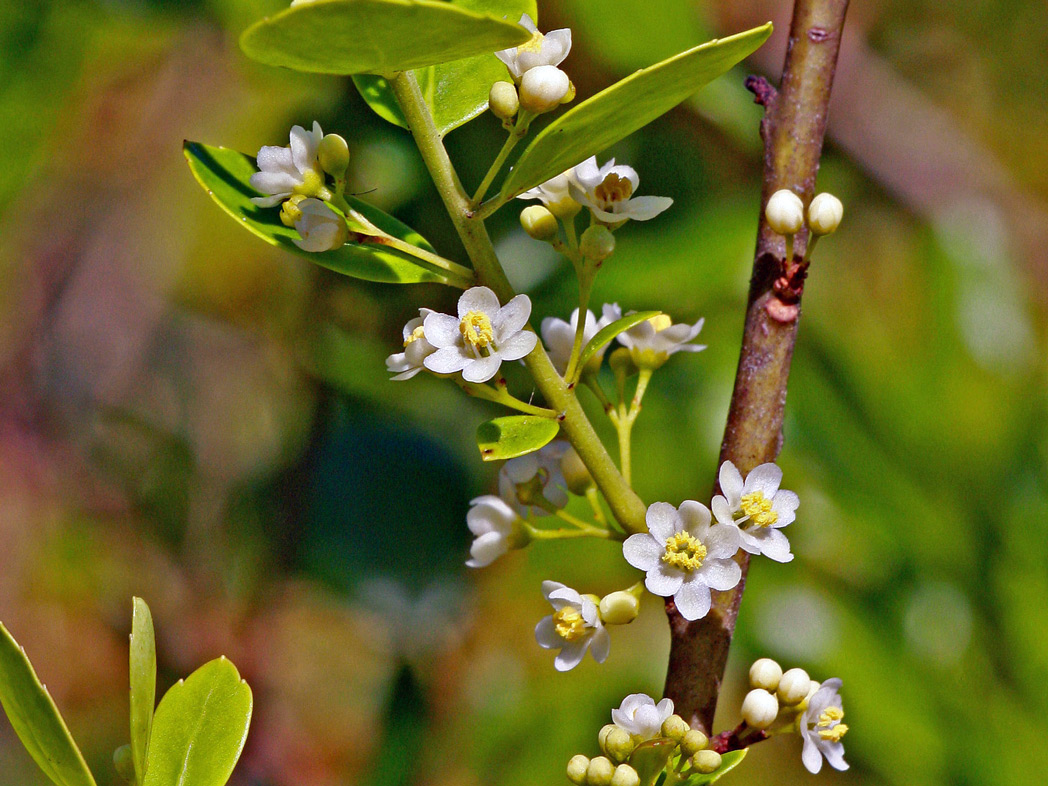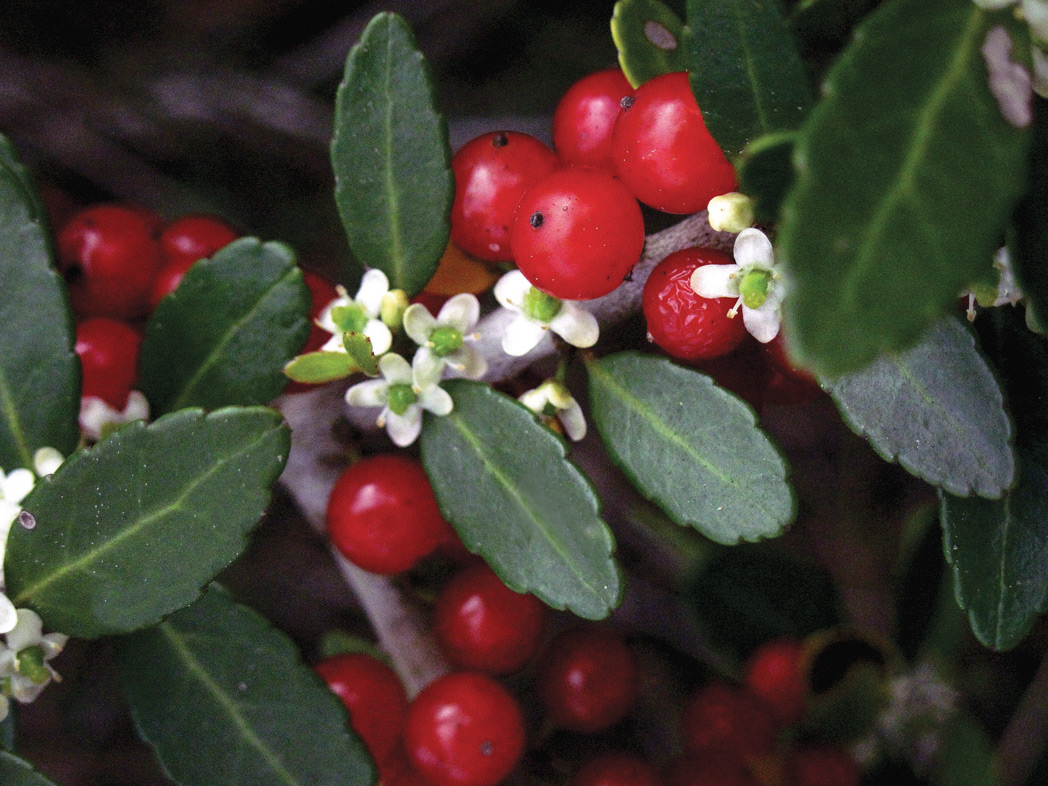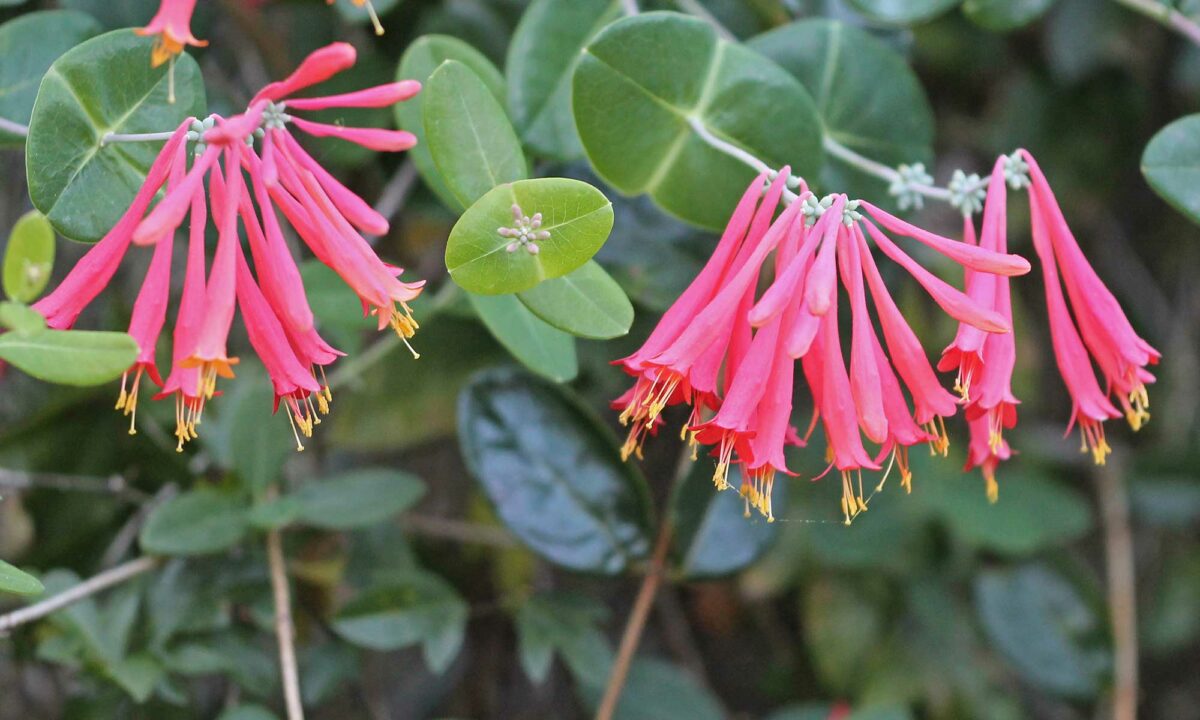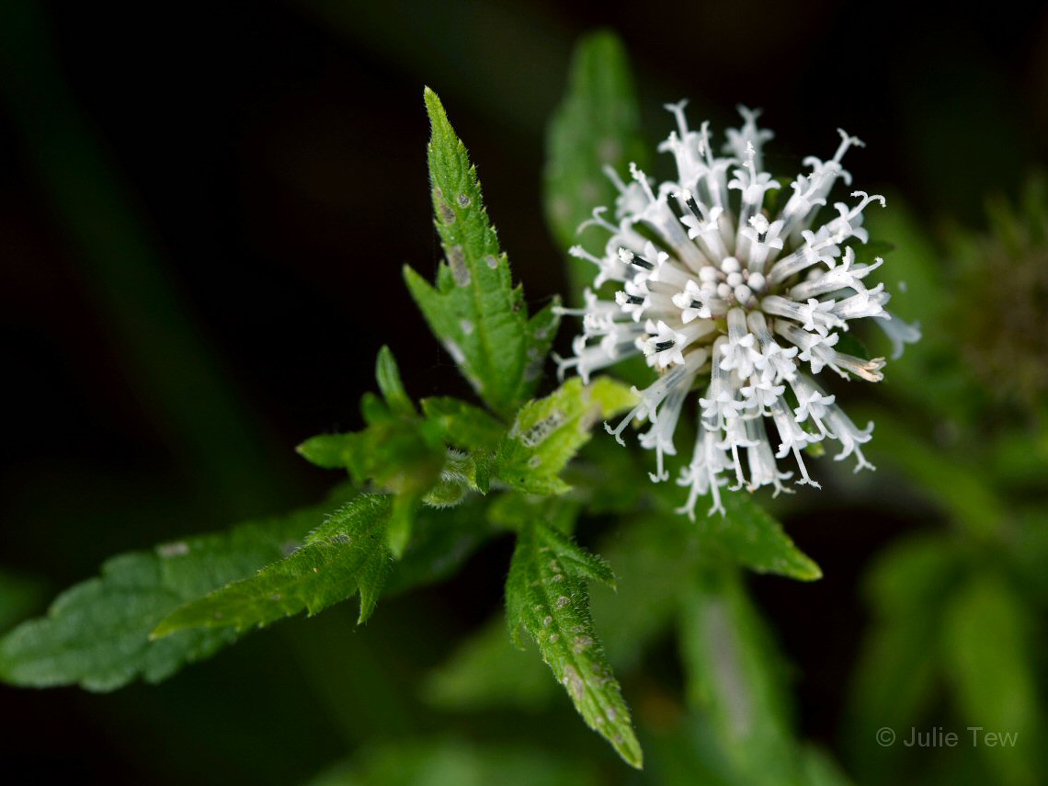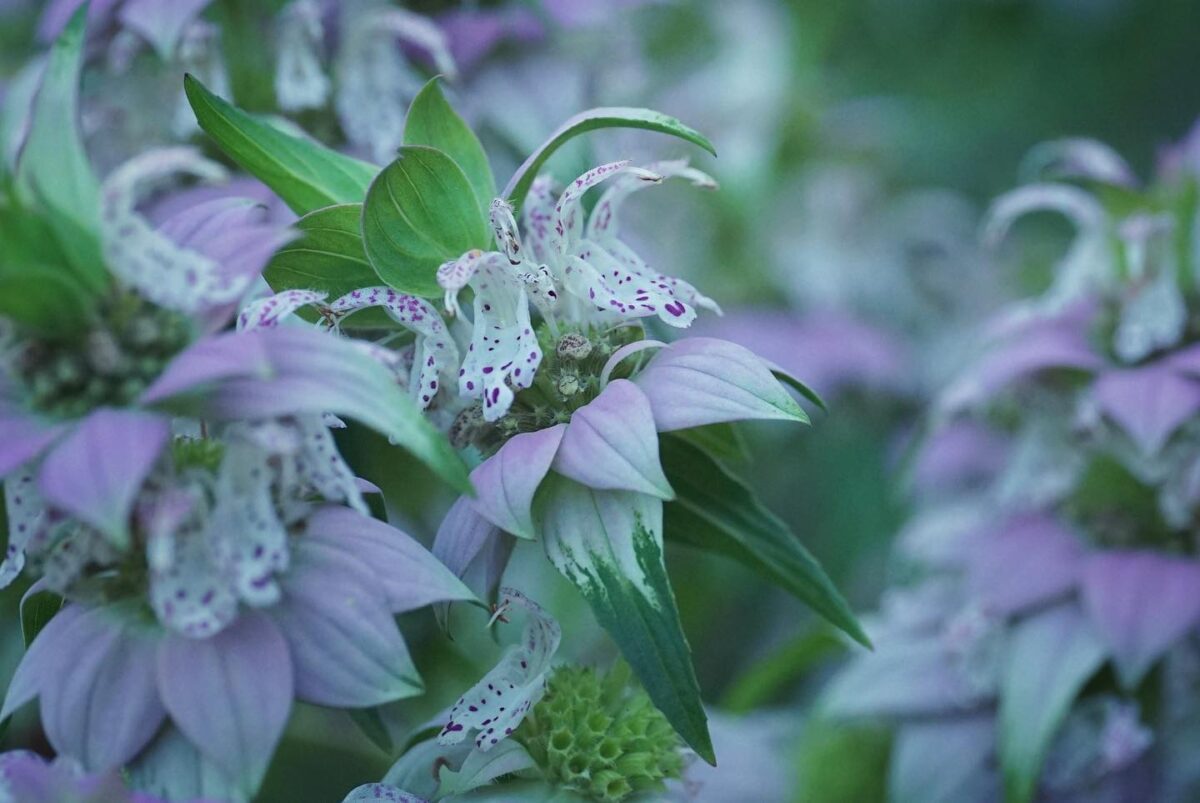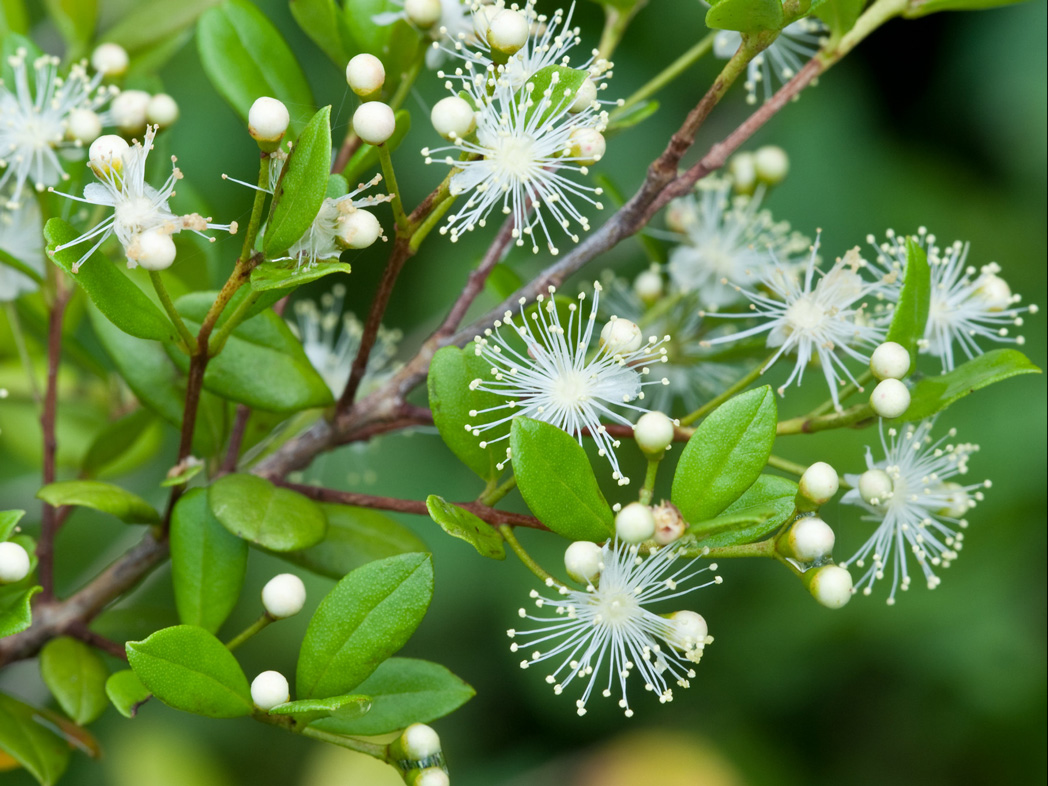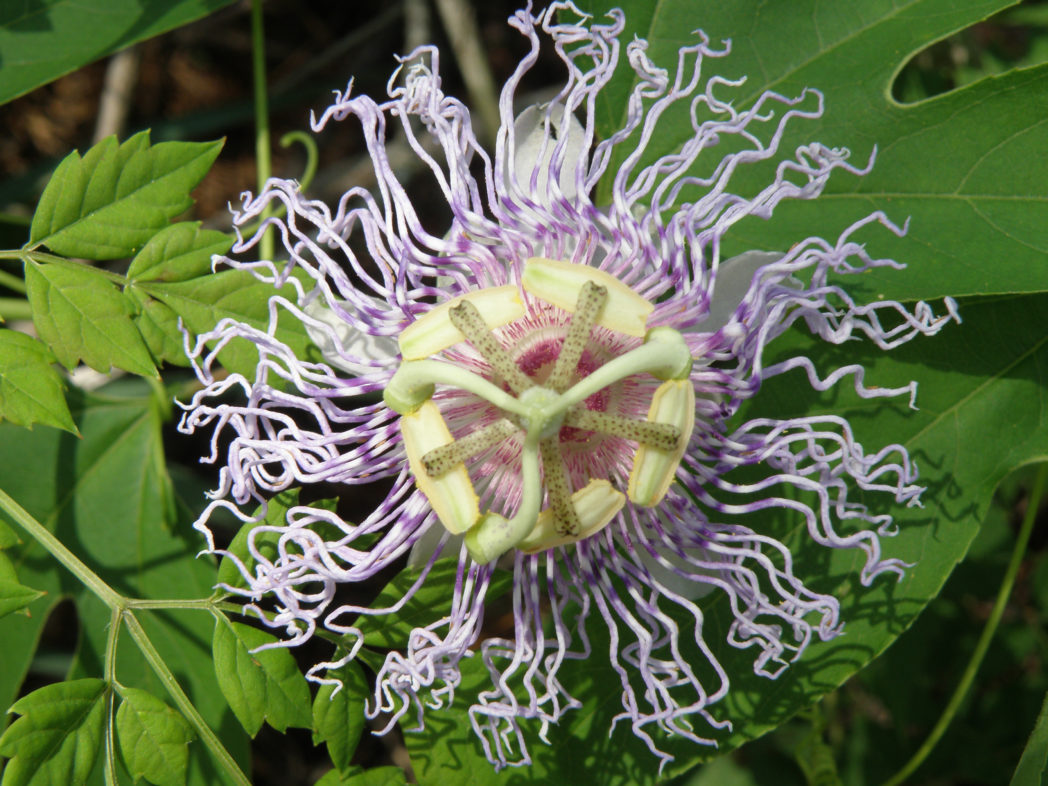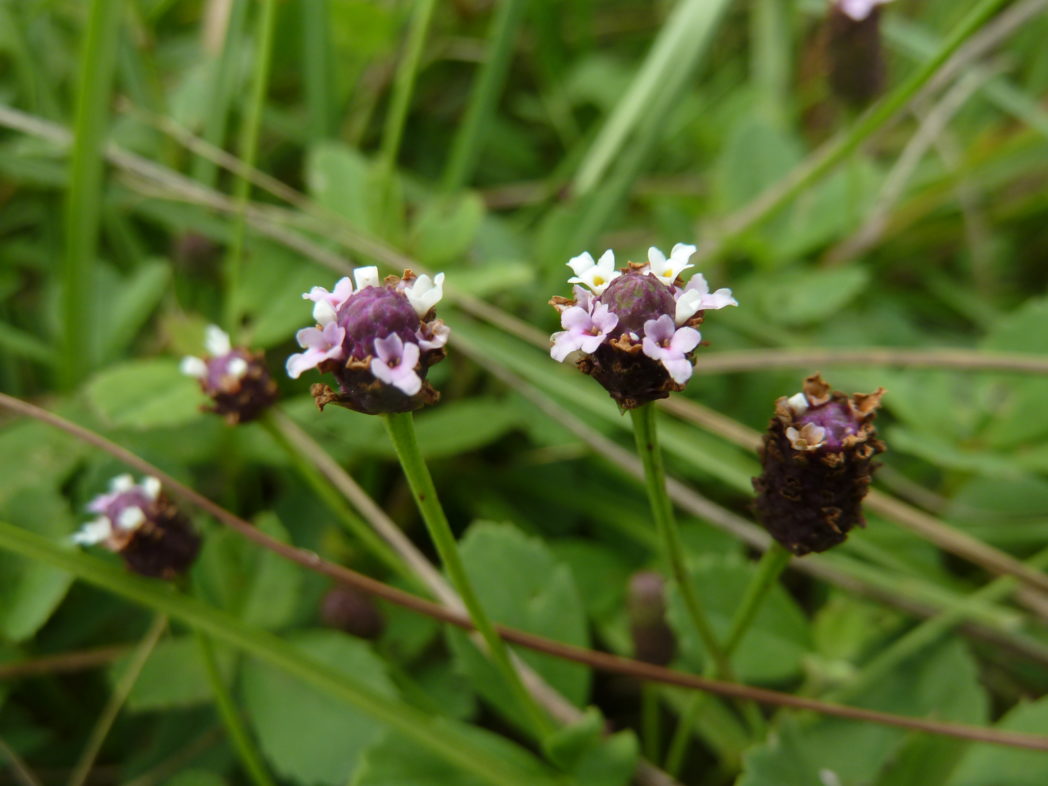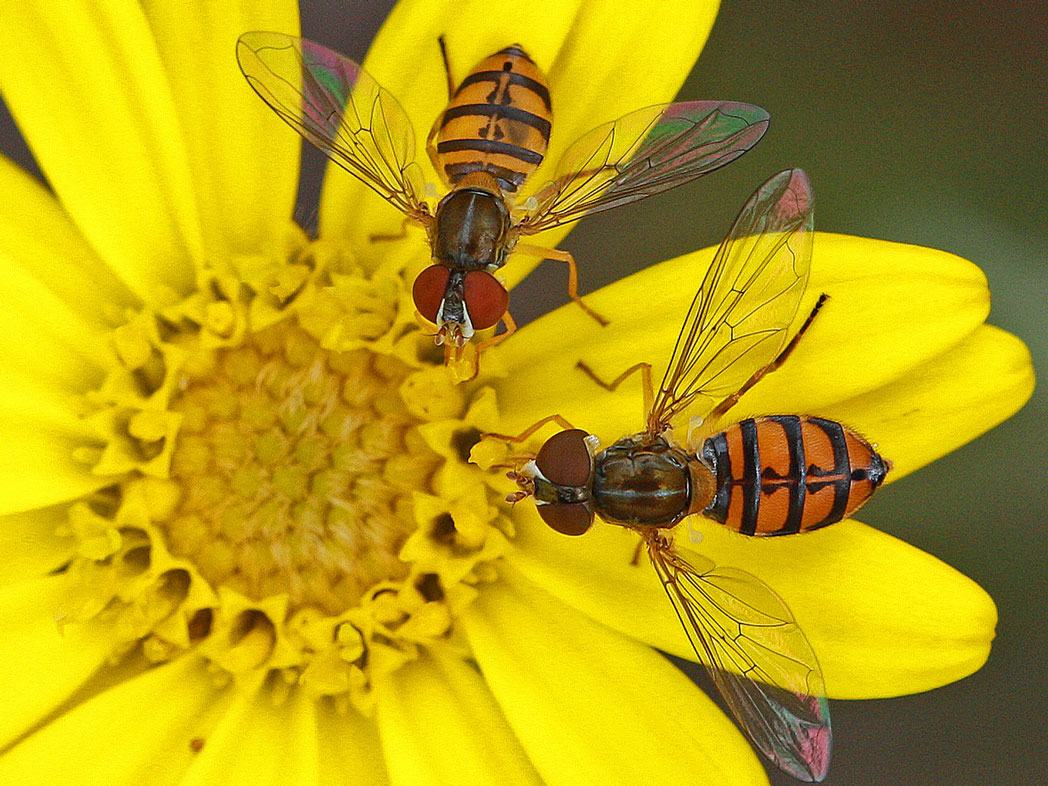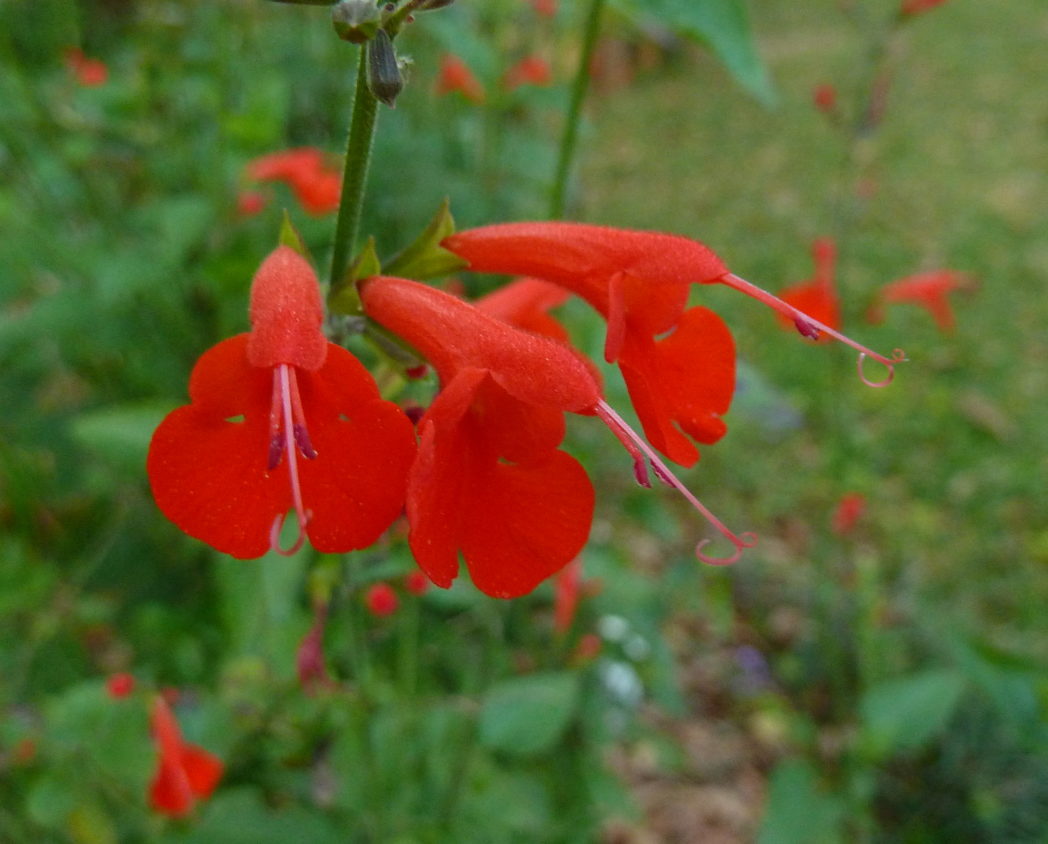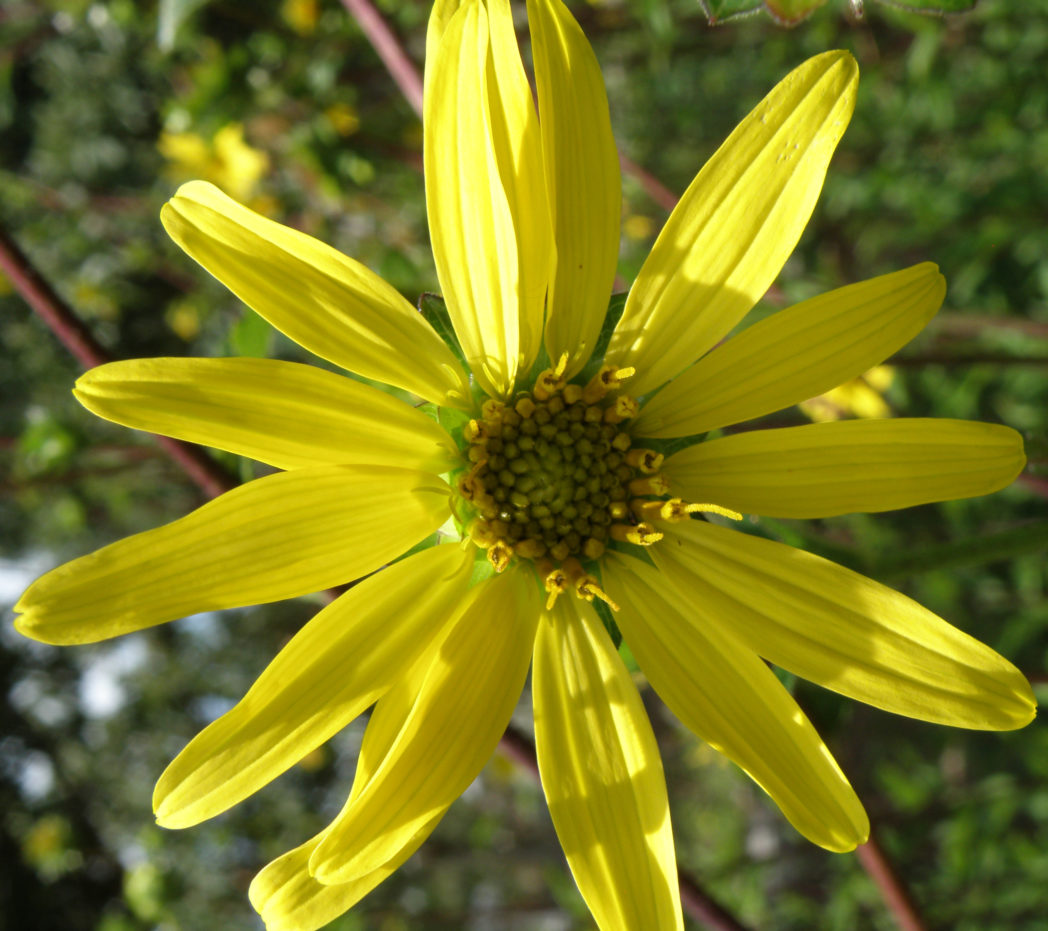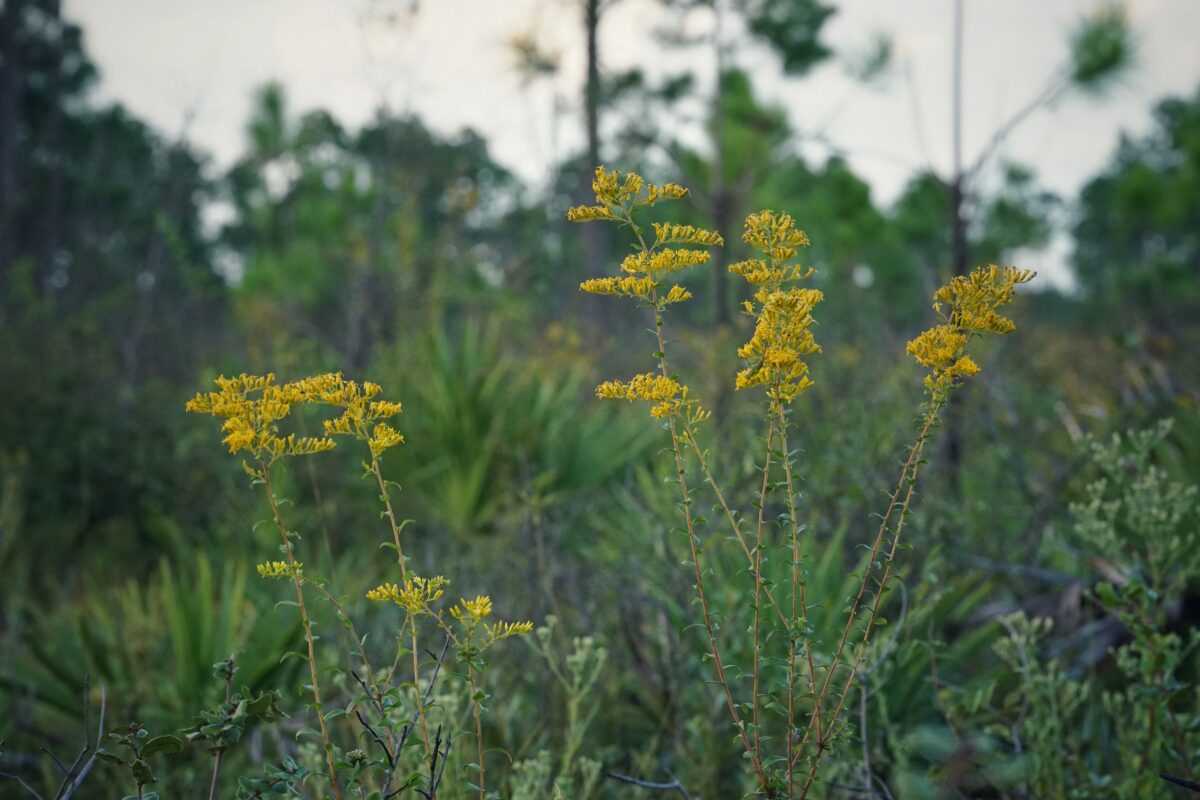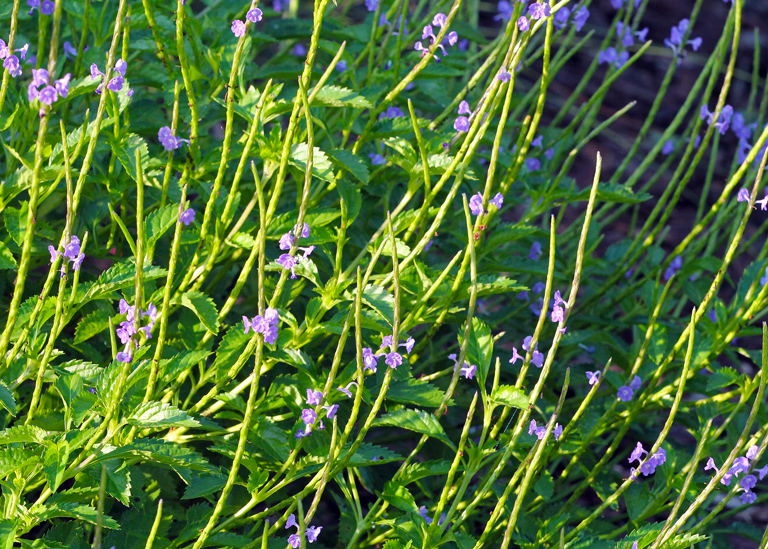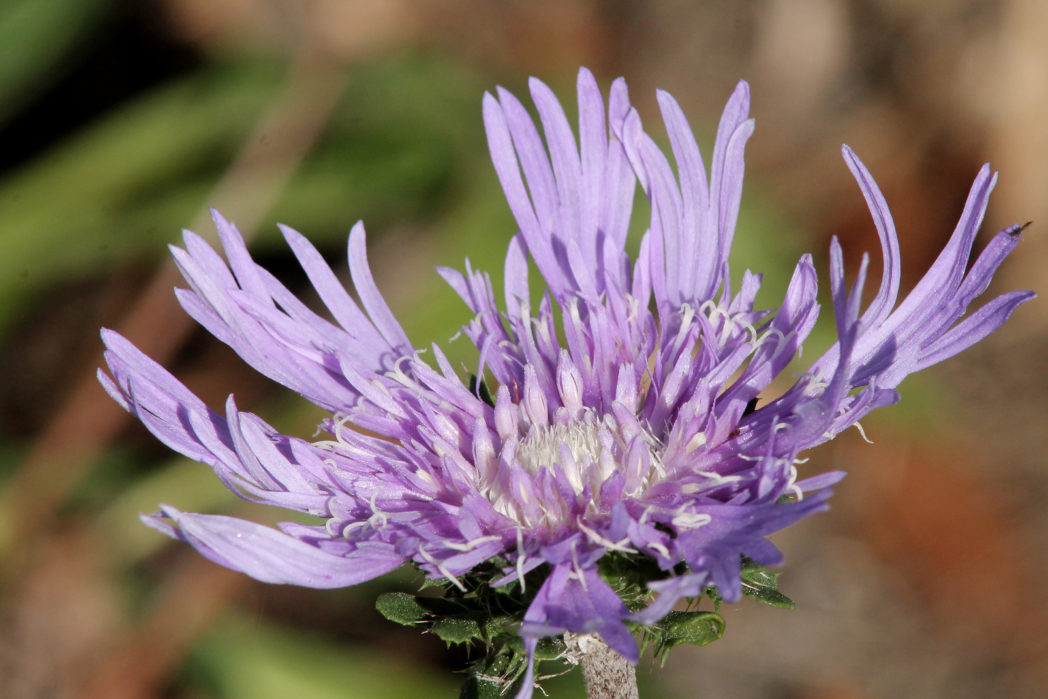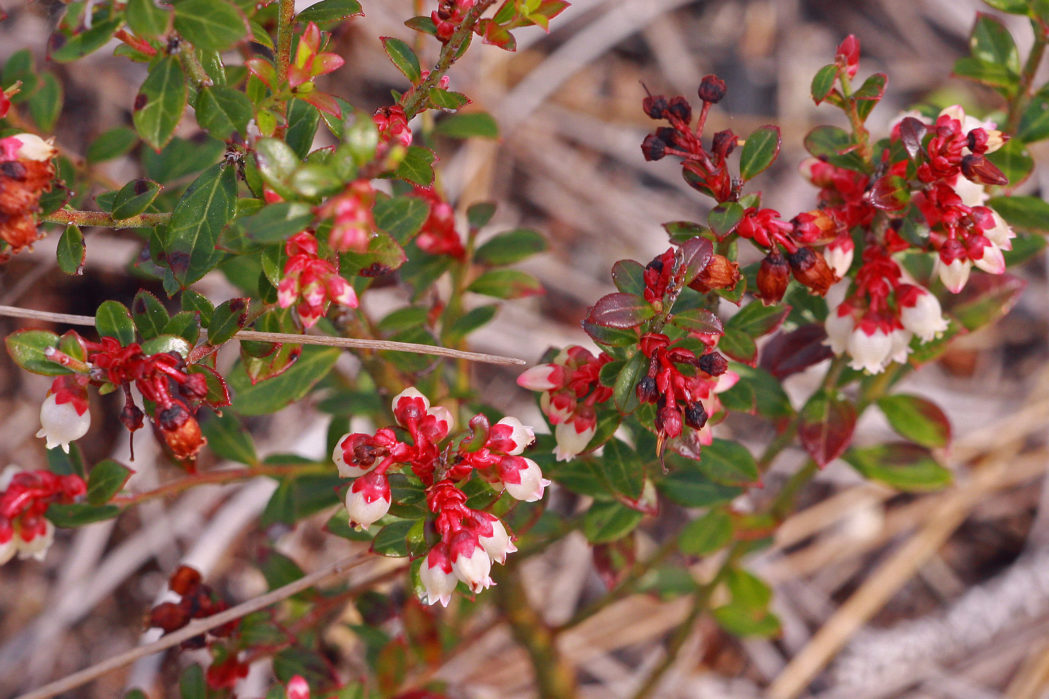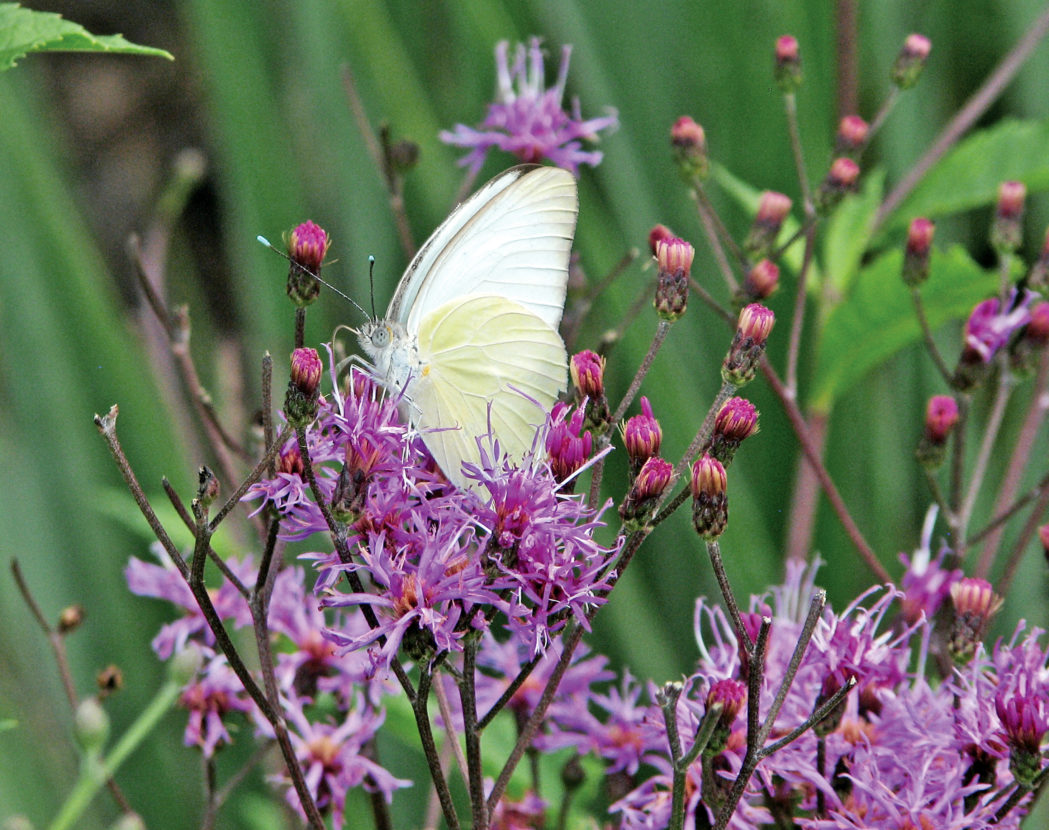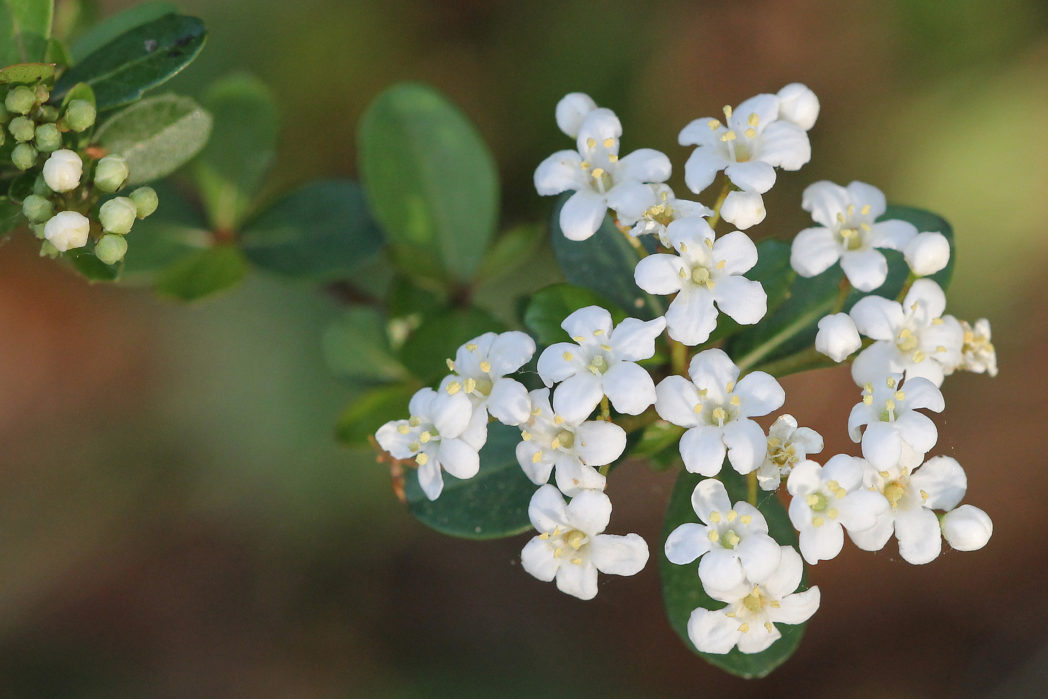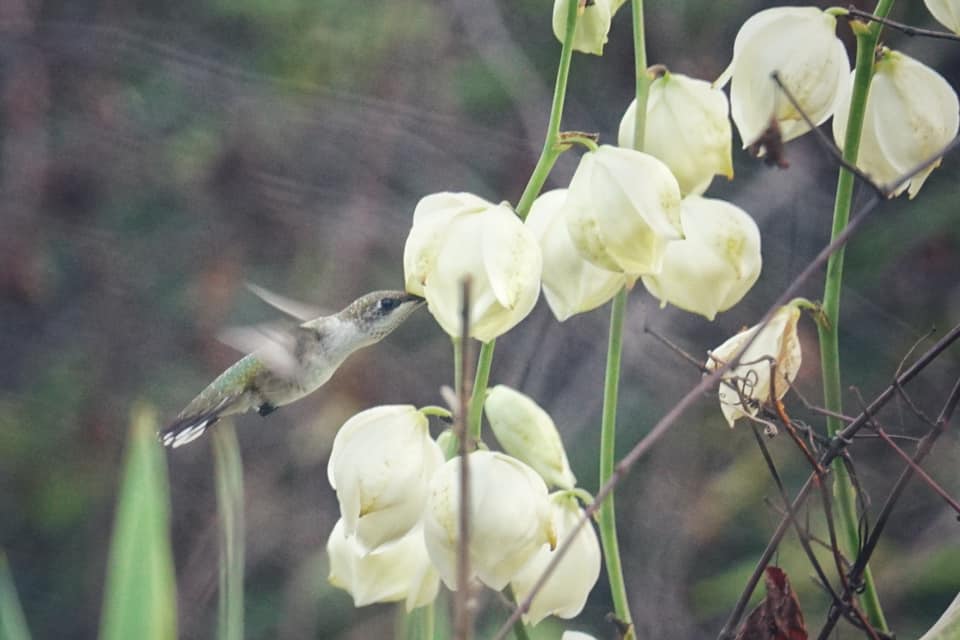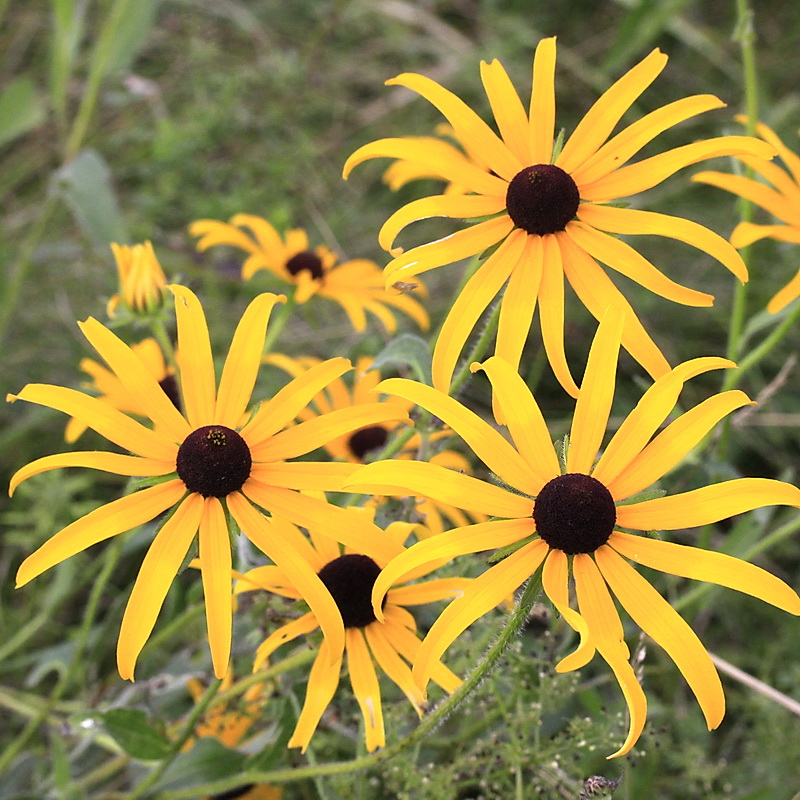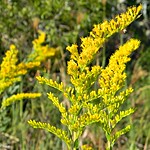Micanopy Native Plant Garden
This garden has been dubbed the “Micanopy Pollinator Victory Garden” in remembrance of the World War II victory gardens that grew food for families when supplies were scarce. This garden, however, will provide vital habitat for for bees, butterflies and other beneficial insects, as well as seeds, berries and insects for birds. The garden utilizes Florida native wildflowers, grasses and shrubs.
DID YOU KNOW? Florida native plants are adapted to thrive in our climate, conditions and soil. They need less water than other plants, and require no fertilizers, pesticides or other chemicals. This saves precious water resources and keeps excess nutrients from polluting lakes, rivers and streams.
The garden was made possible by a grant from the Florida Wildflower Foundation.
The following native species were planted in the Micanopy garden:
Swamp milkweed
Fringetree
Mistflower
Lanceleaf tickseed
Leavenworth’s tickseed
Oblongleaf twinflower
Tall elephantsfoot
Elliott’s lovegrass
Button rattlesnakemaster
Narrowleaf yellowtops
Carolina jessamine
Firebush
Gallberry
Yaupon holly
Coral honeysuckle
Snow squarestem
Spotted beebalm
Simpson’s stopper
Purple passionflower
Frogfruit
Narrowleaf silkgrass
Tropical sage
Starry rosinweed
Chapman’s goldenrod
Blue porterweed
Stokes’ aster
Shiny blueberry
Giant ironweed
Walter’s viburnum
Adam’s needle
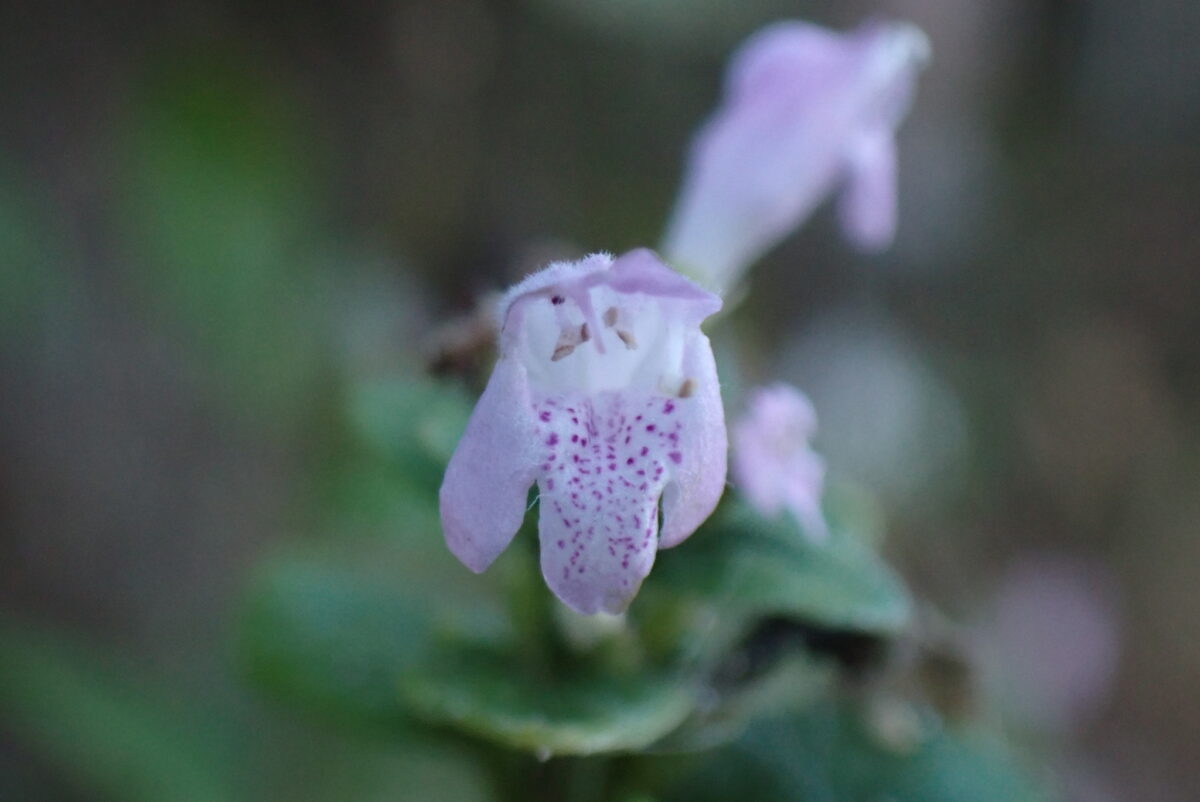
Georgia calamint
Georgia calamint (Calamintha georgiana) is a perennial shrub that blooms late fall through early winter.
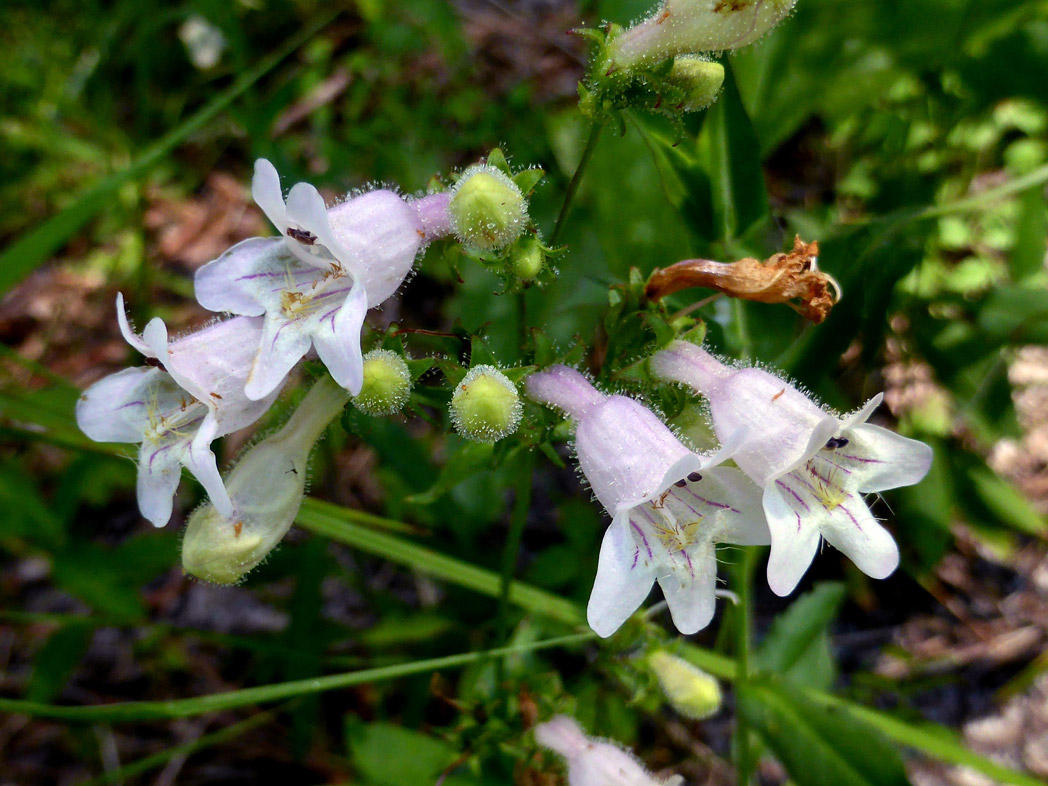
Smooth beardtongue
Smooth beardtongue (Penstemon laevigatus) is a long-lived perennial wildflower with showy summer blooms.
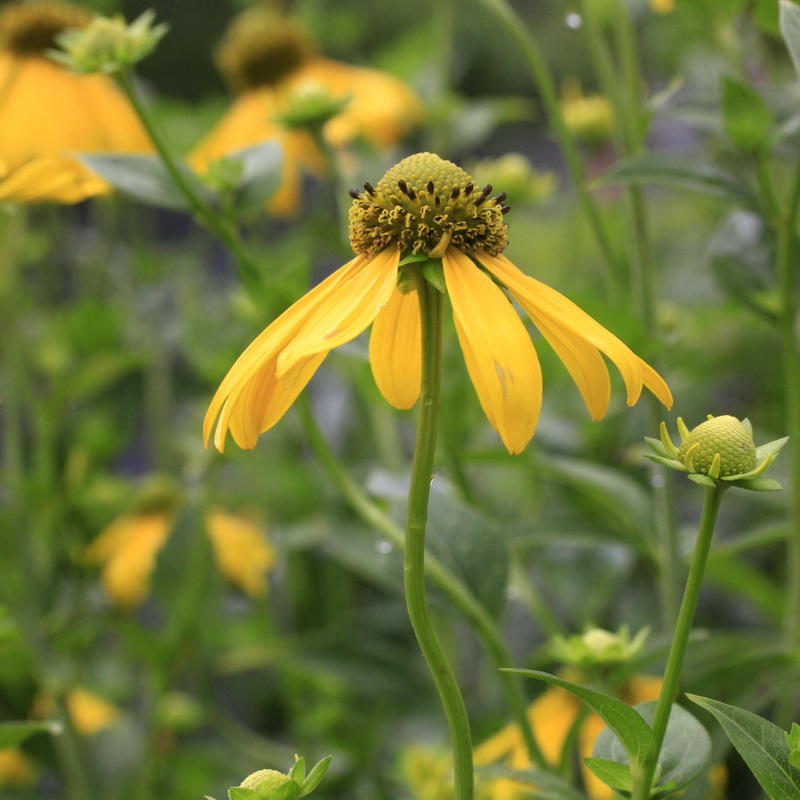
Cutleaf coneflower
Cutleaf coneflower (Rudbeckia lacianata) is a tall wildflower with large yellow flowers that bloom late summer and fall.
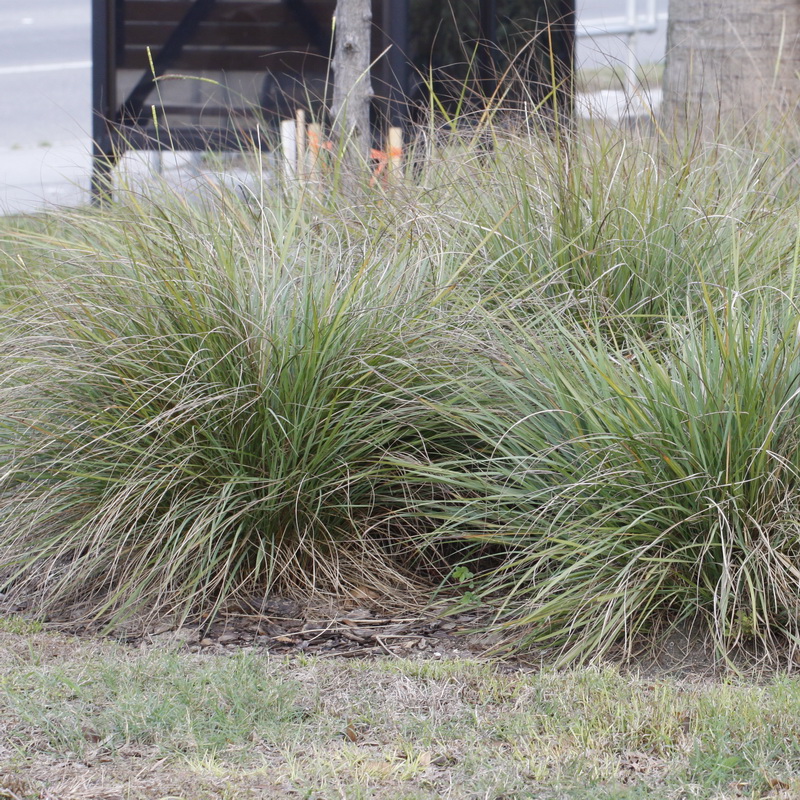
Dwarf fakahatcheegrass
Dwarf fakahatcheegrass (Tripsacum floridanum) is a short-lived perennial clump-forming grass that provides seeds and cover for birds and small wildlife.
POLLINATORS NEED YOUR HELP!
Help Florida’s wildlife and environment by using native wildflowers and plants in your landscape. Click here to learn more information on planting, selecting and maintaining native plants, or check out these resources:
- 20 Easy-to-Grow Wildflowers
- Guide for Choosing Native Plants
- Attracting Birds with Florida Native Wildflowers
- Attracting Bees and Other Beneficial Insects with Florida Native Wildflowers
- Attracting Butterflies with Florida Native Wildflowers
- Great Wildflowers for Dry Landscapes
- Great Wildflowers for Shade
- Aquatic Wildflowers for Pollinators
- Create a Pollinator Pot

